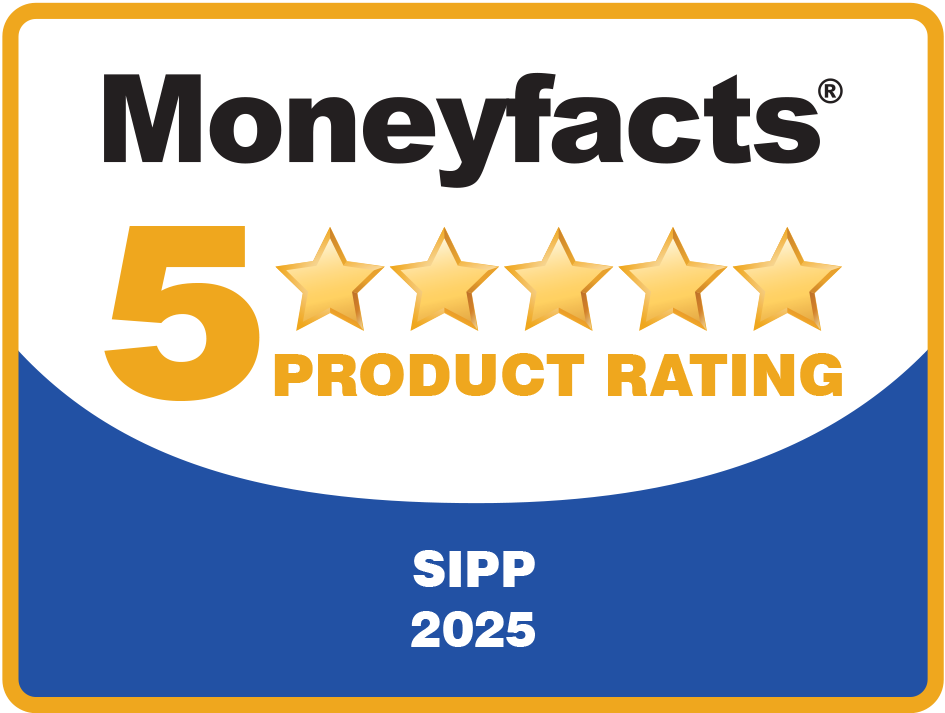What the mini-Budget and the aftermath mean for pensions
When sitting down to write October’s content a couple of weeks ago, we thought the announcements in the mini-Budget would be topical and a helpful subject to cover from a pension perspective.
However, thanks first to Kwasi Kwarteng and now Jeremy Hunt, this is the third draft of this piece of content we have prepared!
We hope by the time you are reading this the government have not changed their mind again… although we are now on our third prime minster of the year, so who knows?
In all seriousness, the fallout from the mini-Budget over the last few weeks has caused disruption and confusion for many people. For those of us in financial services, keeping up with the changes and working out how these affect our clients has been a challenge.
So, this month, read about the impact of the mini-Budget on pensions, from what is still in (as of the time of writing), what was in but has now been taken out, and what we wished had been considered in the first place.
What’s still happening
Changes to Stamp Duty
When Kwasi Kwarteng first announced a change to Stamp Duty thresholds, we received a flurry of calls asking how this will affect commercial property purchases in SIPPs.
The simple answer is that it has no impact at all, as the changes to Stamp Duty relate solely to residential property purchases. These changes for residential property are still in place, despite most other measures being reversed in Jeremy Hunt’s announcement.
The rates on Stamp Duty for commercial property purchase have remained unchanged, and are:
- 0% on the first £150,000
- 2% between £150,001 and £250,000
- 5% on anything over £250,000.
Reversal of the National Insurance rate increase
In April, we put together several articles that looked at the increase in National Insurance and how pension contributions may be able to mitigate some of the impact.
Kwasi Kwarteng then announced that the 1.25% increase will be reversed in November 2022.
One of the few things that Jeremy Hunt left untouched in his U-turn was this reversal. So, while the articles we wrote may not be as topical today, it still highlights the benefits of employer pension contributions to bring down the amount of National Insurance that a client might pay.
What was happening, but isn’t any longer
Income Tax reduction
In the mini-Budget, Kwasi Kwarteng announced that the level of basic-rate Income Tax would reduce from 20% to 19% from 2023/24. Jeremy Hunt has now scrapped this, saying the rate will remain at 20% “indefinitely”.
While our wallets would have welcomed this reduction, with our pensions hat on we did breathe a sigh of relief. It is far easier to calculate tax relief on a 20% basis than it is on a 19% basis!
Furthermore, from an administrative perspective, any existing regular payments we had in place for investments based on contributions being paid would have had to be revisited should the client have not paid the shortfall of gross contribution between the new rate and the 20% level.
The abolition of the additional rate of Income Tax
Within hours of the announcement that the 45% tax rate was to be removed in 2023/24, on-the-ball advisers, and clients who pay additional-rate Income Tax, were already in discussions with us about making the most of the 45% tax relief on pension contributions available for the remainder of the tax year.
This was another of the measures from the mini-Budget later scrapped by Jeremy Hunt. So… as you were!
What we wish had been announced
A reconsideration of the Lifetime Allowance
While clients might consider the Lifetime Allowance as a nice problem to have the reality is that, at the current rate of £1,073,100 and frozen until at least 2025/26, more people will need to start to factor this into their retirement planning.
When a client reaches a benefit crystallisation event, their total pension benefits are added together and tested against the Lifetime Allowance. Any amount more than this could be subject to a tax charge.
You may recall back in 2006 (when the Lifetime Allowance was first introduced) it was done so on an upward sliding scale, reaching £1.8 million in 2011/12. This was then reduced back down to £1 million in 2017/18 before being increased by CPI until the current freeze was introduced in 2021/22.
There will be those clients who have benefited from the many different forms of Lifetime Allowance protection that have been available over the years and may still be able to do so now.
The original Lifetime Allowance rules allowed people to continue funding their pensions with a certainty that the upper limit on their savings would rise.
With the current freeze and cost of living increases, the current Lifetime Allowance limits do not encourage those with larger pension savings to continue contributing and can cause people to make decisions to crystalise early to avoid an LTA charge.
The complication of the Money Purchase Annual Allowance
The reduction to the Annual Allowance that comes into play once an individual has flexibly accessed their pension savings, known as the “Money Purchase Annual Allowance” (MPAA), feels like an unnecessary complication.
When the Annual Allowance was over £200,000 between 2006 and 2012, a reduction on the Annual Allowance once benefits had been taken was understandable, as HMRC did not want people taking benefits then potentially receiving tax relief again on large contributions.
Now that the Annual Allowance is down to £40,000 it could be argued that the MPAA is less important. The MPAA is set at £4,000.
Given the current cost of living crisis on top of the last few years of economic uncertainty brought about by the Covid pandemic, people may well have drawn benefits to see them through a period of financial uncertainty.
Should these individuals then want to go about building their pension pots again they will be limited to a maximum contribution of £4,000 a year.
Get in touch
If you have any SIPP-related queries, or if you have any clients for whom SIPP or SSAS advice would be beneficial, please get in touch. Email info@ipm-pensions.co.uk or call 01438 747151.



